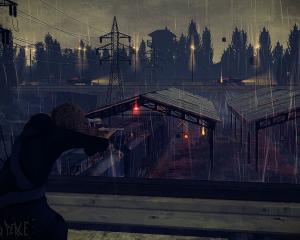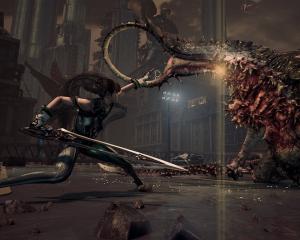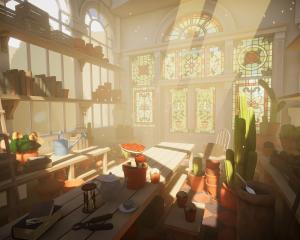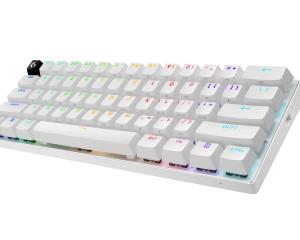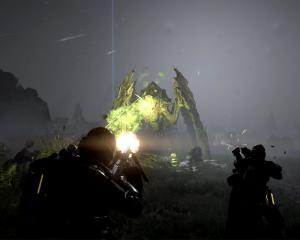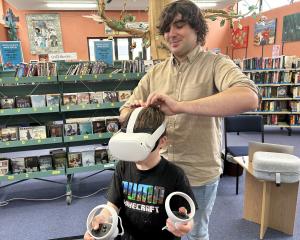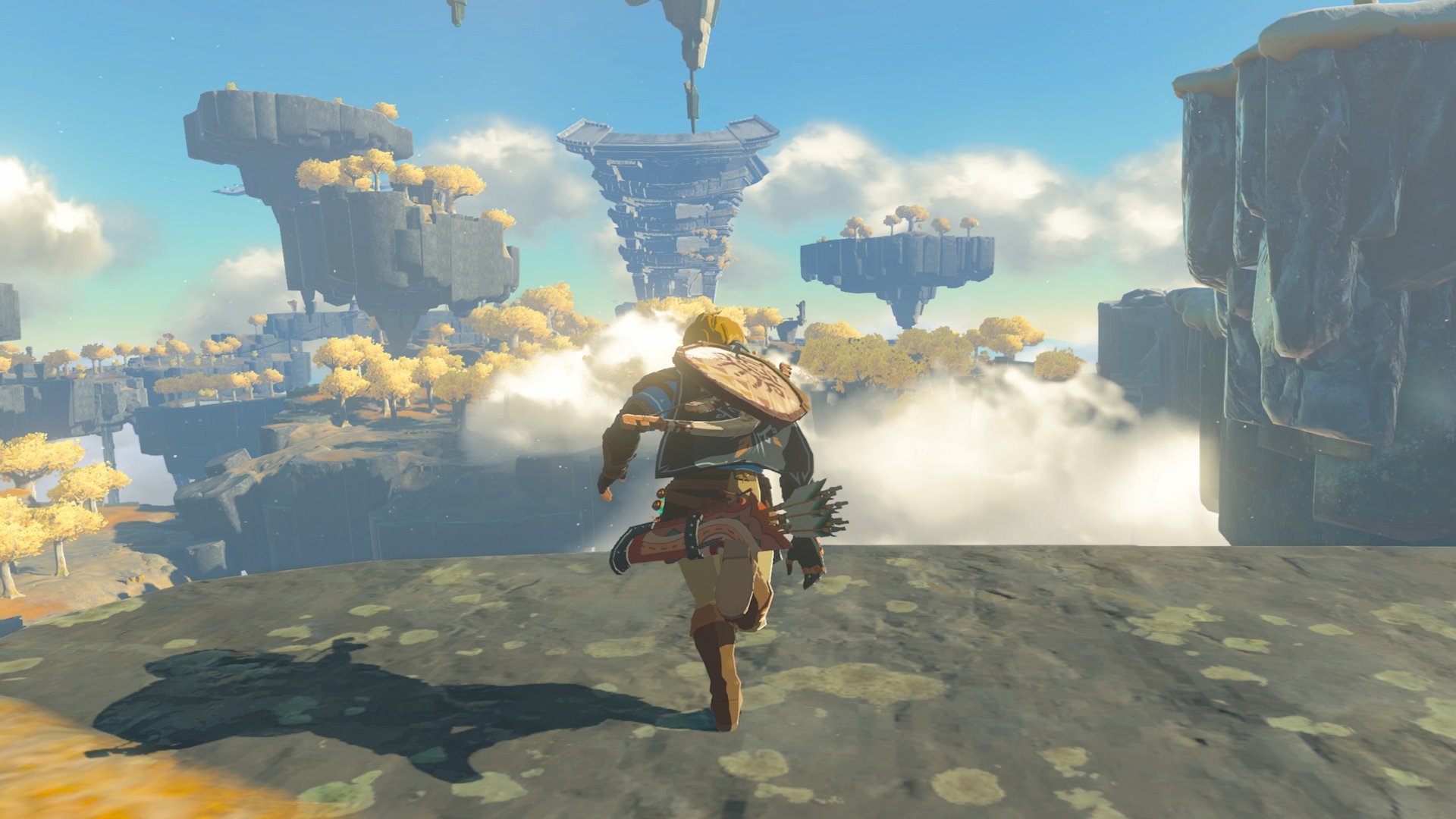

The sequel, Tears of the Kingdom, is a step up.
Firstly, it kept my attention longer and secondly, it feels like a complete iterative improvement of the last game.
You begin as the non-titular protagonist Link, helping Princess Zelda explore some ruins.
You meet an emaciated sleeping wizard, Ganon, and accidentally seem to wake him up. Oh dear. In classic form, Zelda is attacked, Link can’t do anything and is drained of all powers, Zelda vanishes and the land is upheaved by Ganon’s power. Link wakes up later, on a floating island somehow, with his arm gone — but thankfully, someone must have played Sekiro: Shadows Die Twice, because he now has a mechanical arm that drastically improves his abilities. You are given one objective — "Find Zelda" — and then prodded out into the world.
The world of Tears of the Kingdom is immense. It’s really hard to put into words just how big it feels. Like the previous game, the ethos behind the world design is "put something in the distance, and let the player’s interest guide them there" and there are lot of very cool somethings in the distance. I found it difficult to keep focus on one task, and that’s a very good thing.
The world is much denser than the last game, with a lot more mechanics and different levels — sky, surface and underground maps. There are also events around the map that you may not even realise are actually little side quests, like helping a guy hold up a sign, or helping two creatures meet up, leading to a very lived-in feeling world.
The world has a lot of verticality built into it, which seems to be a guiding feature. There are the aforementioned three main areas to switch between, and early on you are given a paraglider to glide around on. This complements Link’s ability to climb anything (as long as it’s not slippery and he has enough stamina). There is also building, which launches you skyward to reveal more of the map in a much more fun version of the classic "Ubisoft tower". This helps you locate shrines, small self-contained puzzles with items to collect and that power Link up. These shrines are so fun to complete; one noteworthy one involved creating a bat to hit a ball into a giant target.
The arm that Link was "given" allows him to use different powers, such as Ultrahand to move and attach objects to one another, or Fuse to combine objects on to your weapons. These abilities naturally lend themselves to creative play. Need something to break a rock? Just make a rock hammer by combining a rock with a stick and bash it down. Want to get across a lake? Grab a few logs, attach them to each other, shove a fan on it, and you have a raft. Bunch of explosives conveniently placed above enemies? Just drop it on them. There are many situations where creativity is rewarded, such as when I built a vertical pole out of trees to climb an icy section of a mountain.
The combat rewards creativity as much as the exploration does. Enemies may now have armour, or they might carry around a lot of throwable items, and they co-ordinate their attacks a lot more, making combat seem like a less attractive option than just running away. To deal with this you have a lot of different options in how you approach combat. How about attaching a flame thrower to a shield for a fiery defence, or a bomb to an arrow to clear out groups? How about controlling enemies to attack each other using plants you find? Or if all else fails, you can try a rock to the head. Yes, there’s still the issue of weapons having about as much durability as a sheet of paper, but I never found it to be a big issue with the Fuse mechanic. You just need a stick and a rock and hey presto, you’ve got a half-decent club.
It’s a testament to the game that the only issue I have with it was one that I had with the previous game as well, and it’s really not its fault. The performance is not great. It’s a miracle that this can run on the Switch at all, but miracles cannot override hardware limitations and the Switch chugs along, sometimes fine, and sometimes completely jerky and unplayable, and it’s mostly in fights. I’ve had input drops and those caused Link’s death more times than I can count, but they seem to have cleared up after a patch.
And that’s where I’ll leave you. Tears of the Kingdom is a game best experienced by going in as blind as possible, to discover the world, characters and story by yourself. There’s more mechanics, enemies, weapons, and tactics to discover while playing, far far more than I can write about here, so go out and have yourself a time.
By Michael Robertson

